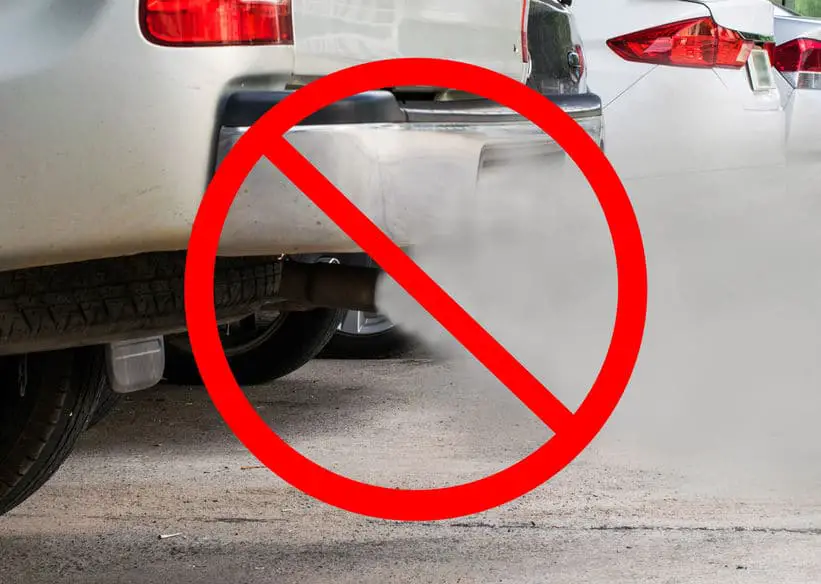
Seeing thin white smoke from exhaust when starting or running your car?
The tailpipe’s job is to emit the byproducts of combustion. Everybody knows that! But what if there’s white smoke coming from the exhaust? White smoke from the tailpipe is normal during cold starts, especially in cold weather. However, we’ll dig into that later.
If your vehicle emits an excessive amount of white smoke either when the engine is hot or when accelerating or climbing an inclined road, it could be a sign of a problem with the engine.
Depending on the severity of the problem, the white smoke can either be thick and fluffy or thin and wispy. Whatever the case, the presence of visible white smoke as you drive is not the normal sign of a healthy and fuel-efficient engine.
This also depends whether you’re driving a gasoline or diesel car. Those who own a diesel will be familiar with the black smoke when accelerating the vehicle. For a diesel, black smoke is normal, but not when you’re just cruising around. The same rule applies to gasoline vehicles that emit white smoke. It may look harmless and normal, but that white smoke is trying to tell you a couple of things about the condition of the motor.
White Smoke in Diesel Vehicles
For the sake of clarity, diesel black smoke is normal when accelerating hard. That’s a given. But black smoke during idling or cruising is a sure sign of incomplete combustion. It also means there is too much diesel entering the combustion chamber and not enough oxygen. The black smoke is simply unburnt diesel that turned into black soot. Black smoke in a diesel may be caused by a dirty or clogged air filter, a faulty injector pump, and broken fuel injectors. It can also be caused by problems with the turbo/intercooler, sticky cylinder head valves, or a clogged or faulty EGR valve.
But if your diesel is spewing white smoke, it’s a whole different story. White diesel smoke is caused by lack of heat in the combustion chamber, which also means the fuel is not burning correctly. In most cases, the white smoke may sting or irritate your eyes due to the presence of unburned toxins.
White smoke in diesel vehicles can be caused by a clogged fuel filter, worn motor or loss of compression, faulty injector pump timing, or possibly water or contaminants in the diesel fuel.
Whether you’re seeing white or black smoke in a diesel, it’s a good idea to have the problem diagnosed in advanced before causing massive engine failure.
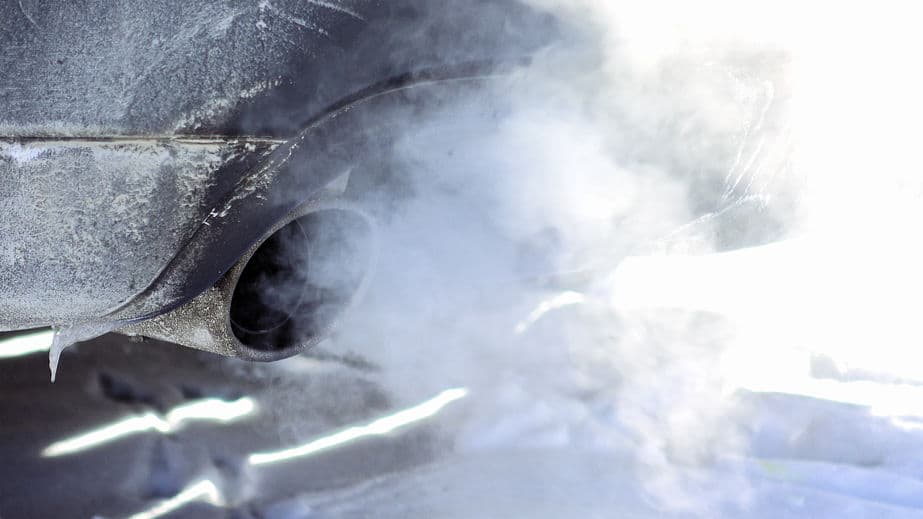
Causes of White Smoke in Petrol or Gasoline Cars
Whether you’re driving an old or new car, the presence of visible white smoke in the tailpipe is normal during cold starts. White smoke is most prevalent in cold or frosty weather conditions. The white smoke is caused by condensing steam when you first start the car. In normal conditions, the white smoke will eventually dissipate or disappear as the engine warms up.
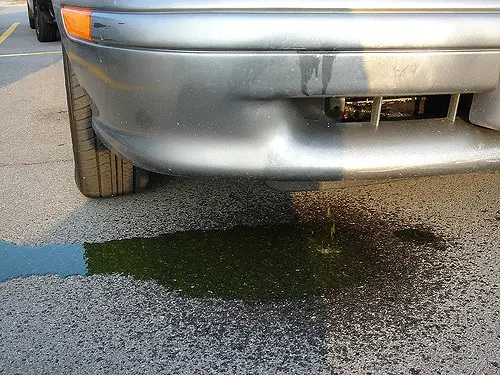
Img creds: Kevin – find more on Flickr 🙂
But if there is still a lot of white smoke even when the engine is hot, it is a sure sign of an internal coolant leak. This means the coolant is finding itself in places where cooling is not required, such as inside the combustion chamber. The other symptoms of an internal coolant leak includes:
- Thick and billowy white smoke from the exhaust
- A strange, sweet odor in the white smoke
- Frothy and discolored engine oil
- Constantly low levels of coolant
- Oil in Coolant
Read more about the signs of a blown head gasket.
But how does the coolant or water able to enter inside the combustion chamber? It can be caused by:
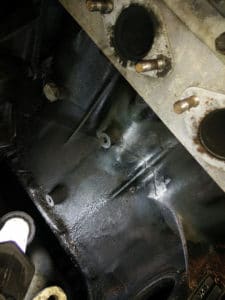
- A cracked or warped cylinder head – This is caused by an overheating engine especially in vehicles equipped with aluminum or alloy cylinder heads.
- Cracked engine block – This can be caused by engine overheating due to a bad water pump, stress caused by overworking the motor, or improper levels of engine coolant. Certain cracks in the engine block can also be the result of casting failure or design faults.
- Head gasket failure – When the head gasket fails, it won’t be able to provide a tight seal between the cylinder head and cylinder block. And when this happens, you can expect a myriad of problems such as white smoke caused by burning coolant, blacks smoke due to burning oil, broken catalytic converter, and total engine failure. A good temporary fix is head gasket sealer.
As you may have noticed, almost all of the above mentioned problems can be attributed to engine overheating. Modern cars are not made like the gorgeous vehicles of yore. Older engines with cast iron cylinder heads may be heavy and bulky, but they are more resistant to cracking or warping due to excess heat. But those lightweight cylinder heads are different. Yes, they are lighter and stronger in normal circumstances, but engine overheating (even just once) may result in slight to severe engine damage.
Diagnosing the Possible Cause of White Exhaust Smoke
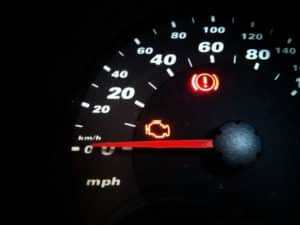
I always prefer to start my diagnosis by running a scan to see if there are any Diagnostic Trouble Codes. This can be done cheaply with an OBD2 scanner like the BAFX or Bluedriver. These are simple wireless tools that plug into your OBD-II port and will let you read and clear trouble codes.
Unfortunately, most of the diagnostic procedures will require the expertise of a professional mechanic. Depending on the severity of the problem, the mechanic will need to open up the motor or take it apart completely. Only then can the problem be pinpointed accurately.
Internal Coolant Leaks
However, internal coolant loss is relatively easy to diagnose. Open the hood and inspect the surroundings of the head gasket. If you see a lot of white, yellowish, or bluish residue in the head gasket, have the problem sorted out immediately.
Next, if there are no visible coolant leaks in the engine bay, check the level of the coolant reservoir. If you constantly find yourself replenishing the coolant in the reservoir, it is a sure sign of an internal coolant leak, especially if the problem is accompanied by white smoke in the exhaust. Keep in the mind the cooling system is a sealed system. A slight loss of coolant is acceptable from time to time. But pouring coolant in the engine every three days or every week is NOT normal.
Head Gaskets
In order to prevent damaging the head gaskets and cylinder heads and seeing white smoke in the exhaust, make sure the cooling system in your vehicle is healthy all season long, not just in the summer. Make sure the fans are working and the radiator is free from rust and contaminants. Change or flush out the coolant and replenish according to the recommendations in the owner’s manual.